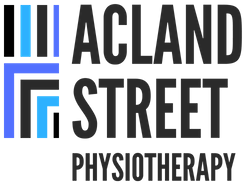1 Comment
7/7/2022 02:34:11 am
Getting stronger and staying fit and healthy should go hand in hand. The more sustainable your training plan is, the longer you are going to be able to continually progress without hitting a wall due to injury, burn out, or other such stoppages.- https://advantagesportmed.ca/physiotherapy-clinics-edmonton/
Reply
Leave a Reply. |
Author
Archives
May 2024
|
Copyright Acland Street Physiotherapy © 2024

 RSS Feed
RSS Feed